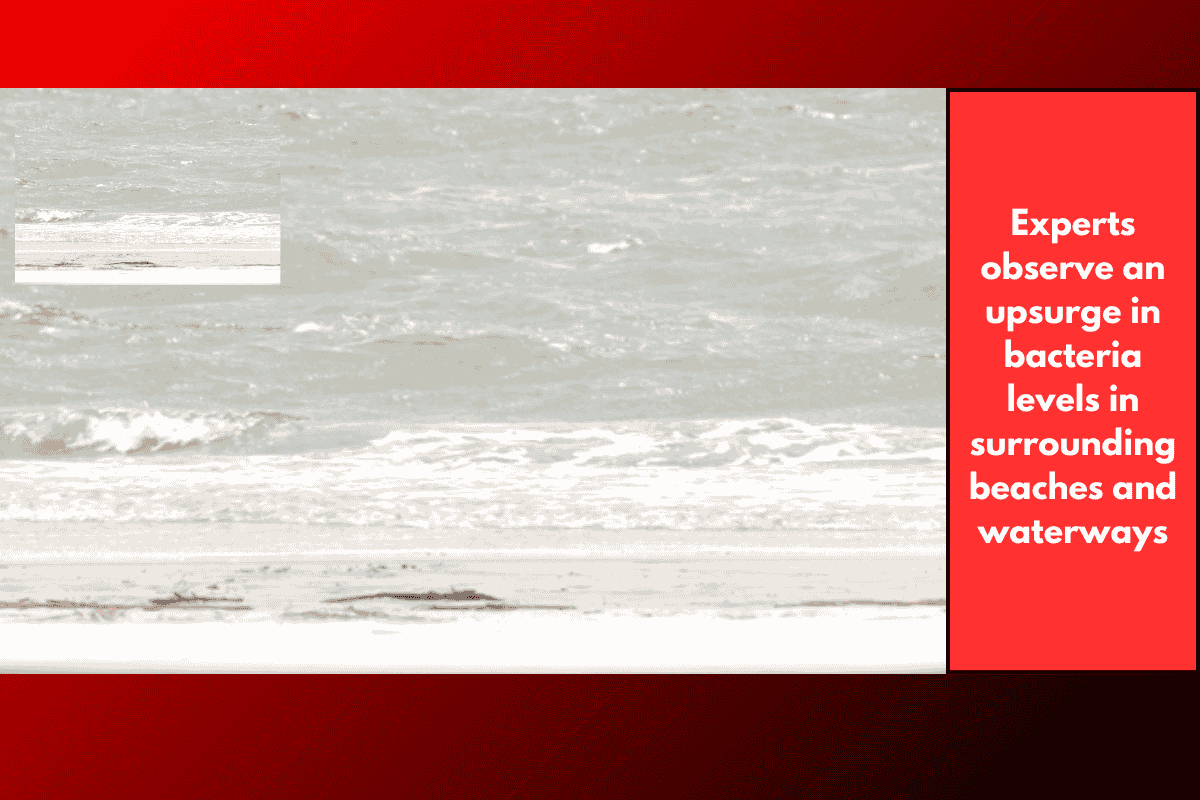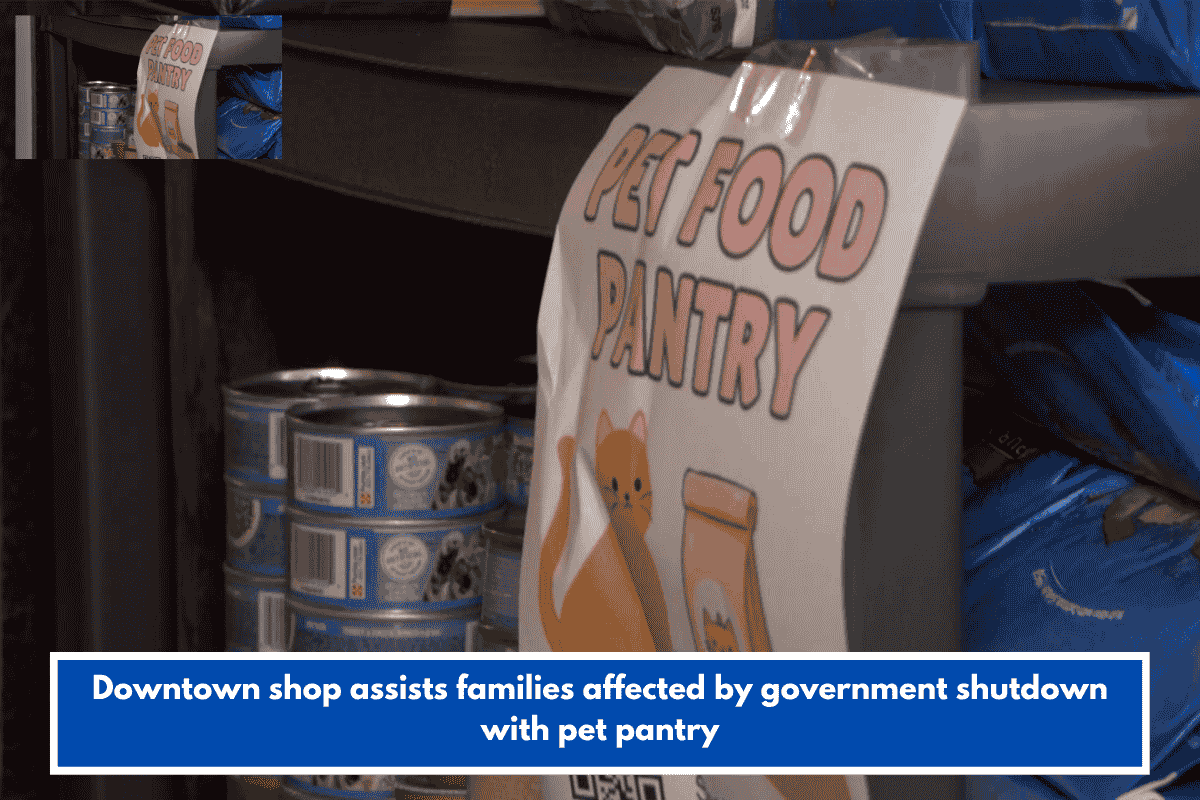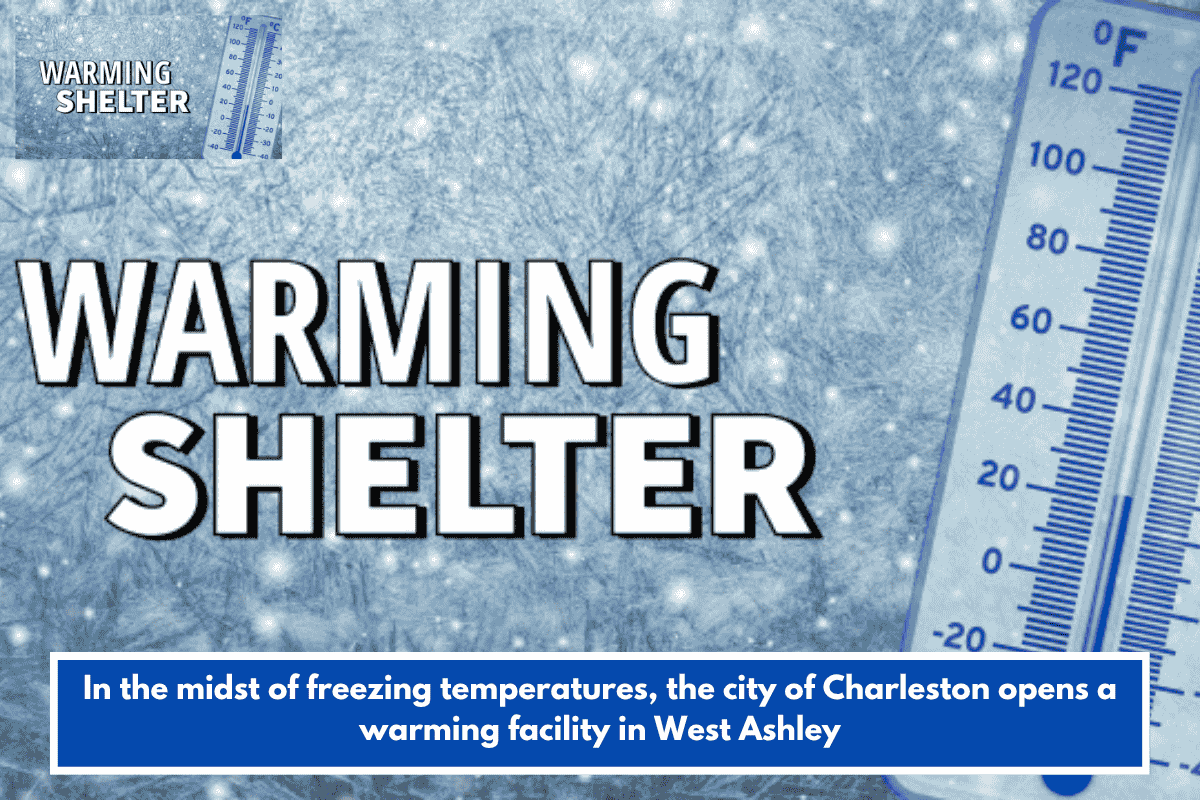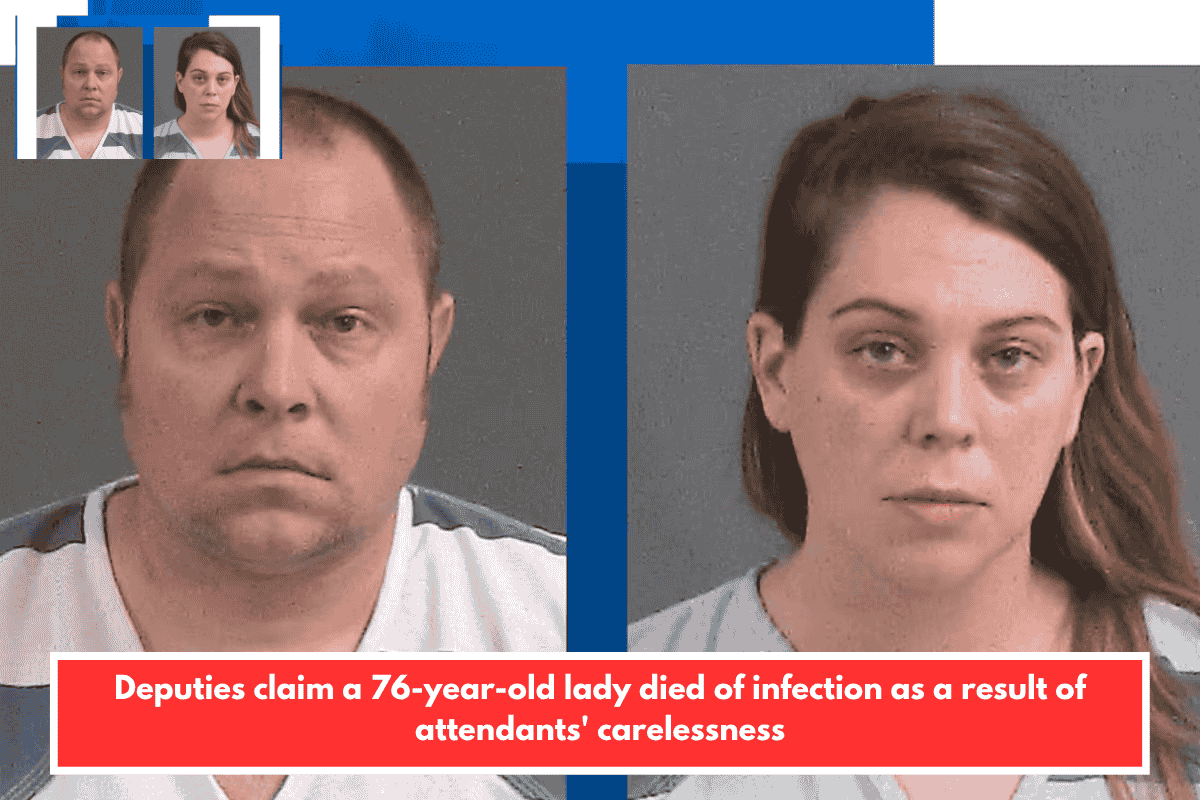As summer transitions into fall, experts are seeing an increase in bacteria levels across Charleston County due to rainfall and flooding, posing potential risks for beachgoers and recreational water users.
Regular Water Quality Testing
Charleston Waterkeeper monitors water quality in the Lowcountry every week from May to October. Two teams test 20 popular recreational spots throughout the area, including creeks, rivers, and estuaries. The tests measure levels of enterococcus bacteria, which is commonly found in the intestines of warm-blooded animals, including humans, pets, and wildlife. Andrew Wunderley, executive director of Charleston Waterkeeper, emphasizes that these bacteria levels help gauge the risk of illness from contact with contaminated water.
“We test for enterococcus bacteria because it’s highly associated with the intestines of warm-blooded animals,” Wunderley explained. “What we’re after is gauging the risk of illness from recreational contact.”
Bacteria Hotspots
The water quality report frequently highlights certain areas that remain in the red, indicating unsafe bacteria levels above the standard threshold of 104 CFU/100 mL. These hotspots, often caused by sources like septic tanks and stormwater runoff, present higher risks of waterborne illness. Charleston Waterkeeper releases updated information every Friday, helping residents and visitors plan safe water activities.
South Carolina Beach Monitoring
The South Carolina Department of Environmental Services (SCDES) also tests beach water quality every other week. Recent advisories were issued for Sullivan’s Island and Edisto Beach, though most bacterial spikes in marine beaches are often related to wildlife activity, such as tide pools. Wunderley noted that these spikes tend to be temporary and often occur in localized areas where wildlife congregates.
“Typically what we see in marine beaches in the Charleston area are wildlife inputs,” said Wunderley. “You’ll see an occasional spike on Sullivan’s Island or Edisto Beach, but those are typically related to tide pools.”
Health Risks and Vulnerable Populations
When bacteria levels rise, the risk of illness increases, with potential infections affecting the eyes, nose, throat, ears, or gastrointestinal system. Vulnerable groups, such as young children, people with open cuts or wounds, and individuals with compromised immune systems, are at a higher risk of illness.
Public Awareness and Advocacy
Many beachgoers in Charleston County agree that the water quality monitoring program is essential to keeping the public informed. “I like my water to be clean. I don’t like to be swimming in dirty water,” said Bradley Upshaw. Susan Aston added, “It’s very important to know what the water quality is. I think it needs to be public information.”
Charleston Waterkeeper continues to update their swim alerts through their website and the Swim Guide app. These reports not only inform the public but also support the organization’s advocacy efforts for cleaner waterways and environmental improvement projects.









